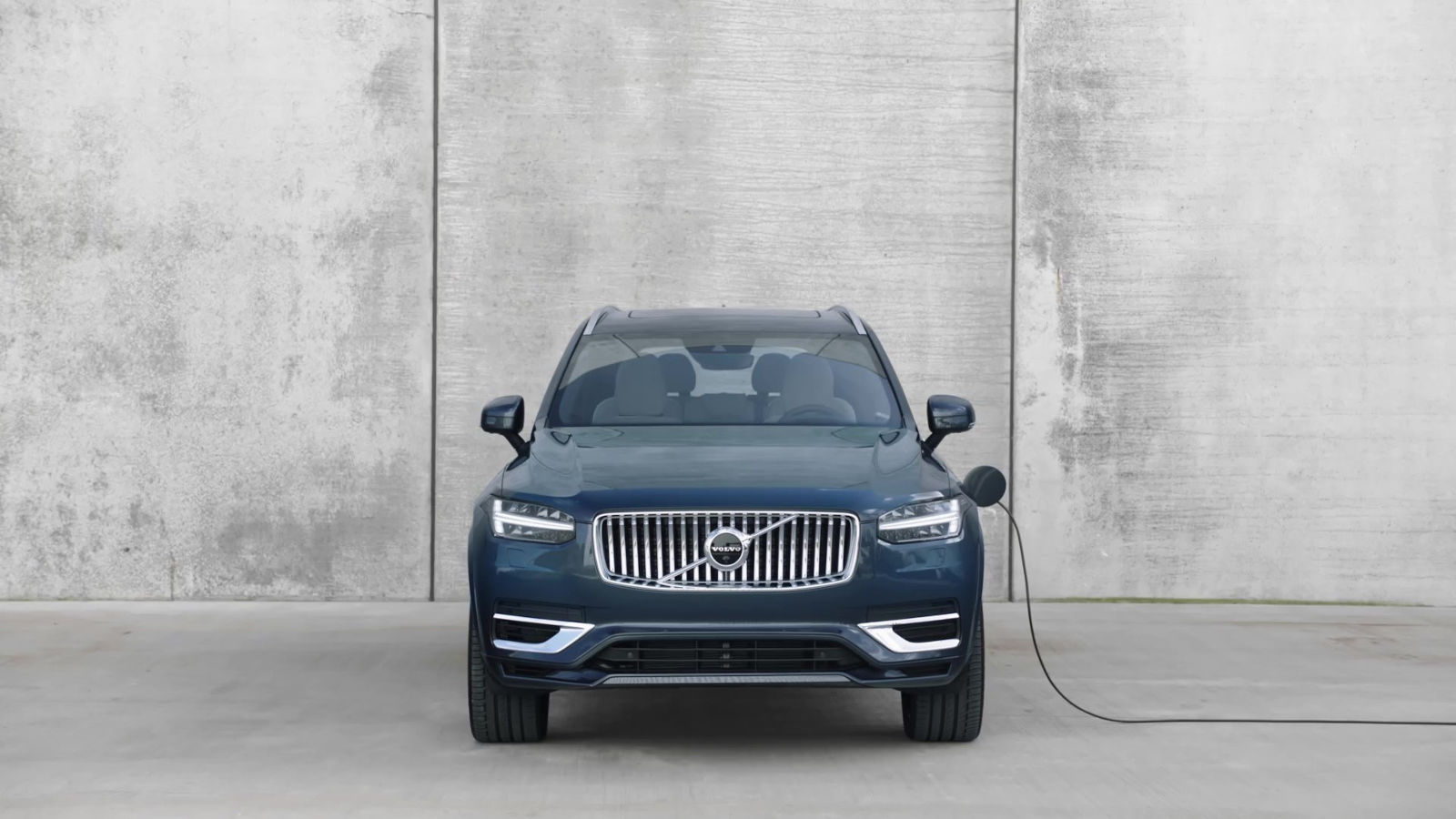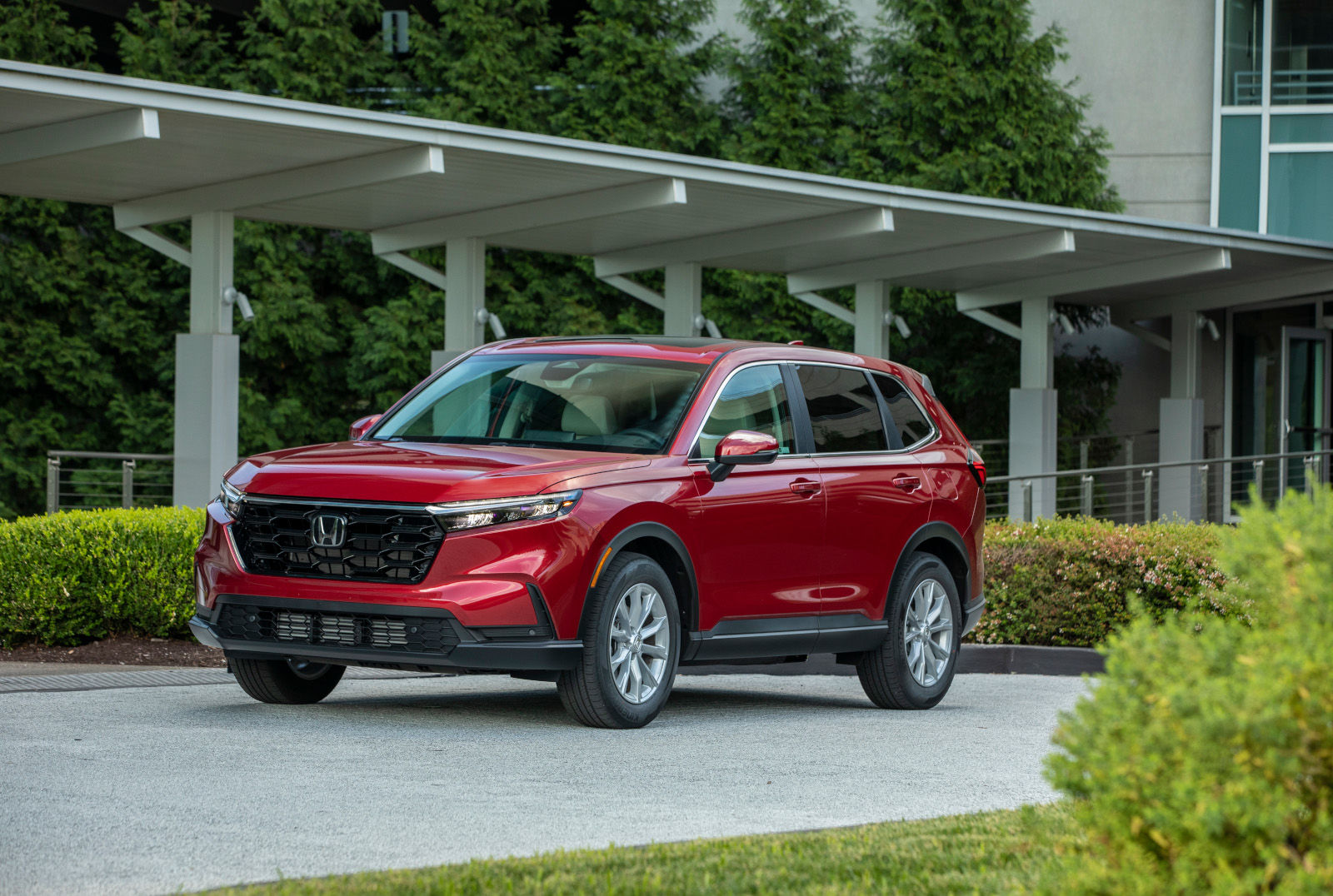Difference between Hybrid and PHEV Vehicles
March 13 2024,

In the rapidly evolving automotive landscape, the distinction between hybrid and plug-in hybrid electric vehicles (PHEVs) has become a focal point for both consumers and manufacturers. While both technologies represent strides towards more sustainable and fuel-efficient transportation, they differ fundamentally in design, functionality, and user experience. Utilizing examples from renowned automakers such as Volvo, Honda, and Land Rover, this article aims to delineate these differences, providing a clearer
understanding for potential buyers.
Hybrid Vehicles: An Overview
Hybrid vehicles combine an internal combustion engine with one or more electric motors and a battery pack. This dual-system approach allows hybrids to optimize fuel efficiency and reduce emissions. The battery is charged through regenerative braking and by the internal combustion engine, meaning they do not require external charging. The Honda CR-V Hybrid exemplifies the hybrid vehicle concept. It employs a 2.4-liter four-cylinder engine coupled with an electric motor, seamlessly switching between the two power sources based on driving conditions. This combination delivers 204 horsepower, more than the traditional gas-powered CR-V which offers 190 horsepower. While efficient in every trim, the 2024 CR-V is quite a bit more fuel-efficient in hybrid form with a posted average fuel consumption rating of under 7.0 litres per 100 km. Moreover, this added efficiency does not come at the cost of space or versatility.
Plug-in Hybrid Electric Vehicles (PHEVs): An Overview
PHEVs, on the other hand, offer a larger battery pack that can be charged externally via an electric outlet or charging station. This capability allows for significantly longer electric-only driving ranges compared to traditional hybrids. Once the battery is depleted, PHEVs operate similarly to conventional hybrids, using the combustion engine and regenerative braking to power the vehicle and recharge the battery slightly.
Volvo Recharge Models
Volvo's Recharge line, including models such as the XC60 Recharge, represents the brand's commitment to PHEV technology. These vehicles feature a robust electric motor and a sizable battery pack that enables purely electric driving for distances sufficient for most daily commutes. When longer journeys are required, the gasoline engine ensures the journey can continue without the range anxiety associated with fully electric vehicles. Plug-in hybrid Volvo Recharge models can go over 50 km on electric power alone in many cases. The Range Rover PHEV and Range Rover Sport PHEV can do over 80 km of electric driving only.
Comparing the Technologies and Differences
Charging and Range
The most notable difference between hybrids and PHEVs lies in their charging capabilities and electric-only range. PHEVs' ability to be externally charged allows for a significant portion of daily driving to be conducted without using any gasoline. For example, the Range Rover Sport PHEV offers a considerable electric-only range, catering to the needs of environmentally conscious drivers seeking luxury and performance.
Environmental Impact
Both vehicle types reduce emissions compared to traditional combustion engines, but PHEVs generally offer a greener alternative due to their larger electric-only driving capacity. When charged using renewable energy sources, the environmental benefits are even more pronounced.
Cost and Incentives
PHEVs typically cost more than their hybrid counterparts due to the larger battery packs and more complex technology. However, the federal government does offer tax incentives and rebates for PHEVs, potentially offsetting the higher initial cost over time.
Driving Experience
The driving experience can also differ. PHEVs tend to offer a more dynamic drive, with the immediate torque of the electric motor enhancing acceleration. The Volvo Recharge models and the Range Rover Sport PHEV are prime examples of how PHEVs can deliver both performance and efficiency.
The choice between a hybrid and a PHEV ultimately depends on individual needs, preferences, and environmental considerations. For those with access to charging infrastructure and a desire for maximum electric-only driving, PHEVs like the Volvo Recharge series or the Range Rover Sport PHEV present an appealing option. Conversely, for drivers seeking simpler technology and minimal changes to their driving habits, hybrids such as the Honda CR-V Hybrid offer a balanced blend of efficiency and convenience.
As automotive technologies advance, the distinctions between these vehicle types may blur further, but understanding their current differences is crucial for making informed decisions in a market increasingly inclined towards sustainability.








